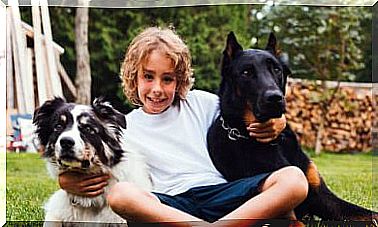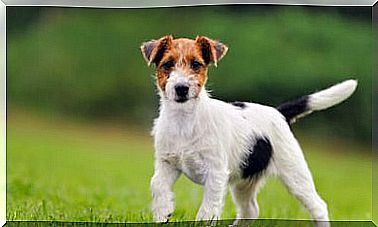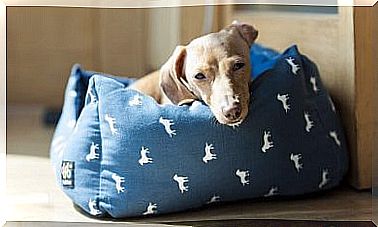Konrad Lorenz And Animal Behavior Patterns
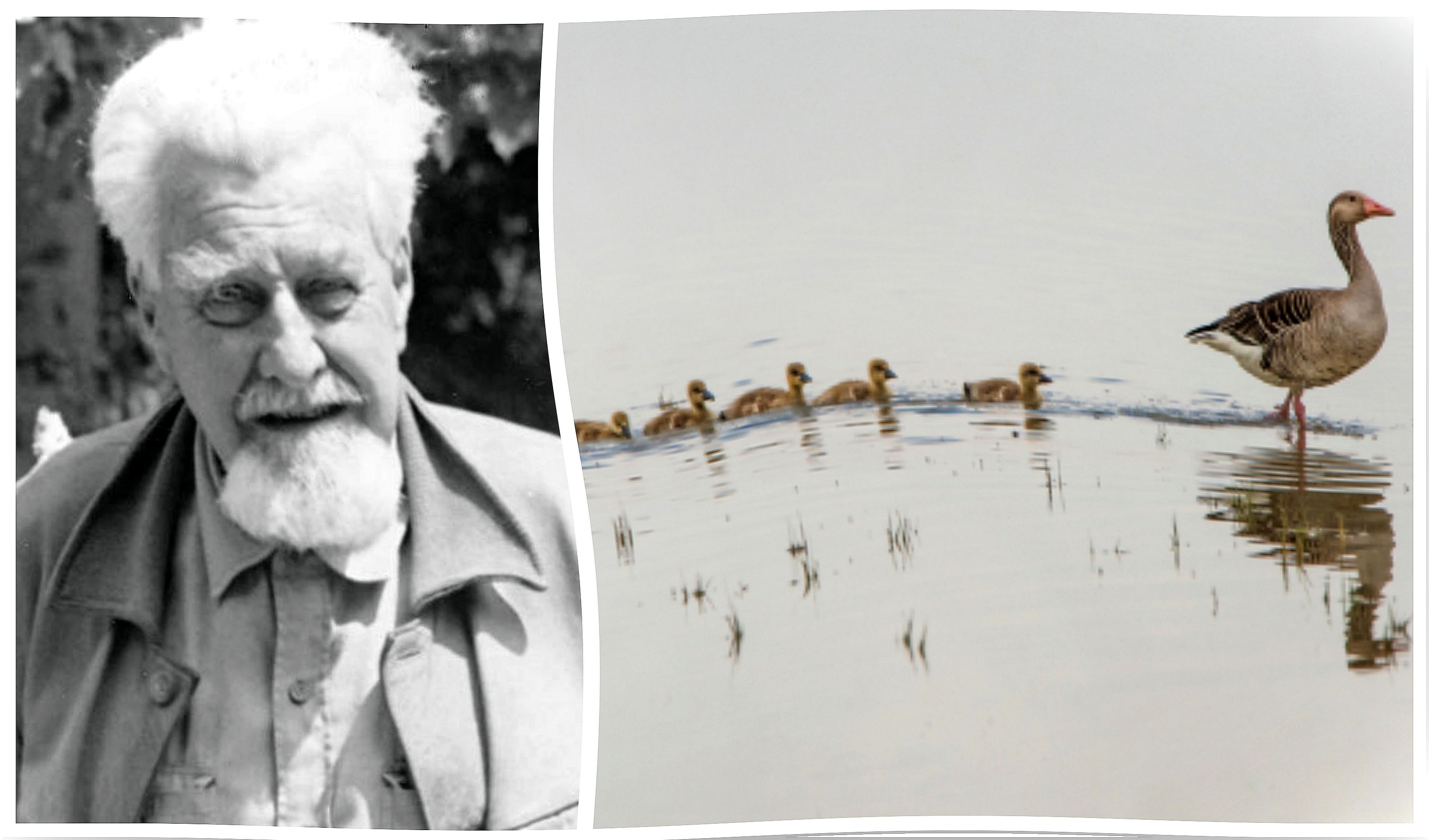
Konrad Lorenz, the Austrian zoologist, is considered the founder of modern ethology. This scientist was a pioneer in the study of animal behavior using comparative zoological methods.
His ideas helped understand how behavior patterns can be traced back to an evolutionary past. In addition, he was known for his work on the roots of aggression in humans.
He shared the 1973 Nobel Prize in Physiology or Medicine with animal behavior specialists Karl von Frisch and Nikolaas Tinbergen.
Family environment and education
Konrad Zacharias Lorenz was born on November 7, 1903. He grew up in Vienna and also on the family’s summer estate in Altenberg, a village on the Danube River, Austria.
He was the youngest son of Adolf Lorenz, a successful orthopedic surgeon, and Emma Lecher Lorenz, a physician. From an early age Konrad liked to have and observe animals.
Lorenz completed his studies at one of the best secondary schools in Vienna. Her childhood friend Margaret Gebhardt also took an interest in animals. Then in 1939, he married her and they had two daughters and a son.
The young Lorenz graduated from the University of Vienna as a Doctor of Medicine (MD) in 1928 and was appointed assistant professor at the Institute of Anatomy until 1935. He also began studying zoology, where he received a doctorate in 1933 for the same university.
Career and achievements
From his observations made between 1935 and 1938, Lorenz established the concept of imprinting. Imprinting is the process by which a baby – in its first moments of life – follows an object, usually its biological mother.
He came to this concept by observing birds (geese and jackdaws). In the process, he discovered that for a short time after hatching, the chicks are genetically inclined to identify the sound and appearance of their mother and therefore form a permanent bond with her.
In 1940 he was appointed professor of psychology at the University of Königsberg. The Second World War (1939-1945) soon interrupted his academic career.

War experiences
During the war, Konrad Lorenz served as a medic in the German army. He was captured in 1942 and was a prisoner of war in the Soviet Union for six years.
He returned to Austria in 1948 and directed the Institute of Comparative Ethology in Altenberg from 1949 to 1951. In 1950 he established a department of comparative ethology at the Max Planck Institute in Buldern, Westphalia, and became co-director of the Institute in 1954.
From 1961 to 1973 he served as director of the Max Planck Institute for Behavioral Physiology in Seewiesen. In 1973, the year of his Nobel Prize, Lorenz became director of the department of animal sociology at the Institute of Comparative Ethology, of the Austrian Academy of Sciences in Altenberg.
Konrad Lorenz’s ideas on aggression in humans
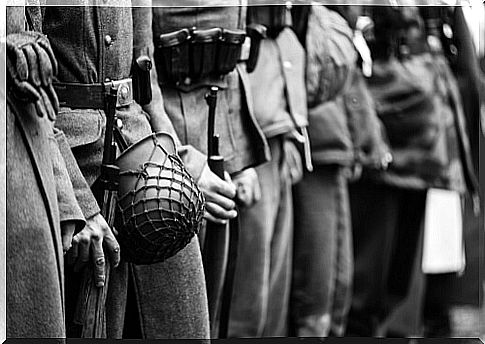
In the latter part of his career Lorenz applied his ideas to the behavior of human beings as members of a social species. The scientist’s ideas constituted a hypothesis with highly controversial philosophical and sociological implications.
Generating much controversy, Lorenz went so far as to argue that the struggle and warlike behavior in humanity have an innate basis. Lorenz explained that this behavior can be modified environmentally by various factors.
In short, Lorenz’s concepts paved the way for modern scientific understanding of how behavior patterns evolve in a species. In particular, in relation to the role of ecological factors and the adaptive value of behavior for the survival of the species.
His work pioneered the view that animal species are genetically arranged to learn specific types of information that are important to the survival of the species.







